Imagine for a moment that the very ground beneath your feet is quietly, endlessly shifting—not in earthquakes or dramatic upheavals, but in a slow, subtle dance. This is not science fiction; it’s the reality of our planet’s gentle, persistent wobble. The Earth’s axial wobble, known as axial precession, might sound like a minor technical detail, but its effects ripple through history, climate, and even the fate of civilizations. Understanding this cosmic tilt unravels secrets about ancient star maps, changing seasons, and the future of our world.
What Is the Earth’s Axial Wobble?

The Earth doesn’t spin perfectly upright; instead, its axis is tilted about 23.5 degrees. Over thousands of years, this tilt gently wobbles, tracing out a slow, conical path in space. This movement is called axial precession, and it takes about 26,000 years to complete a single cycle. Picture a spinning top, swaying as it slows—this is our planet, only on a timescale too grand for us to notice day to day. This subtle motion may seem insignificant, but it quietly shifts the orientation of Earth in relation to the stars.
Why Does the Earth Wobble?
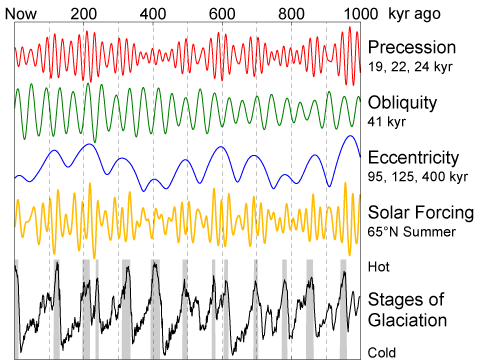
Gravity is the main culprit behind Earth’s wobble. The gravitational pull of the Moon and the Sun tug at our planet’s equatorial bulge, trying to straighten its tilt. But the Earth resists, and instead, it responds with a slow-motion wobble. Over centuries, this gravitational tussle causes the axis to slowly trace a circle. The process is so gradual that no one alive will ever witness even a small part of a full cycle, but the effects are very real and measurable.
The Ancient Sky: Precession and the North Star
If you stood beneath the night sky 5,000 years ago, you wouldn’t find Polaris—the star we call the North Star—sitting above the North Pole. Due to precession, the position of the North Star changes over millennia. In ancient Egypt, the star Thuban was the pole star. In about 12,000 years, Vega will take that role. This shifting celestial map has shaped navigation, myths, and calendars across cultures, revealing just how deeply the wobble has shaped human understanding of the heavens.
Changing Seasons Over Millennia
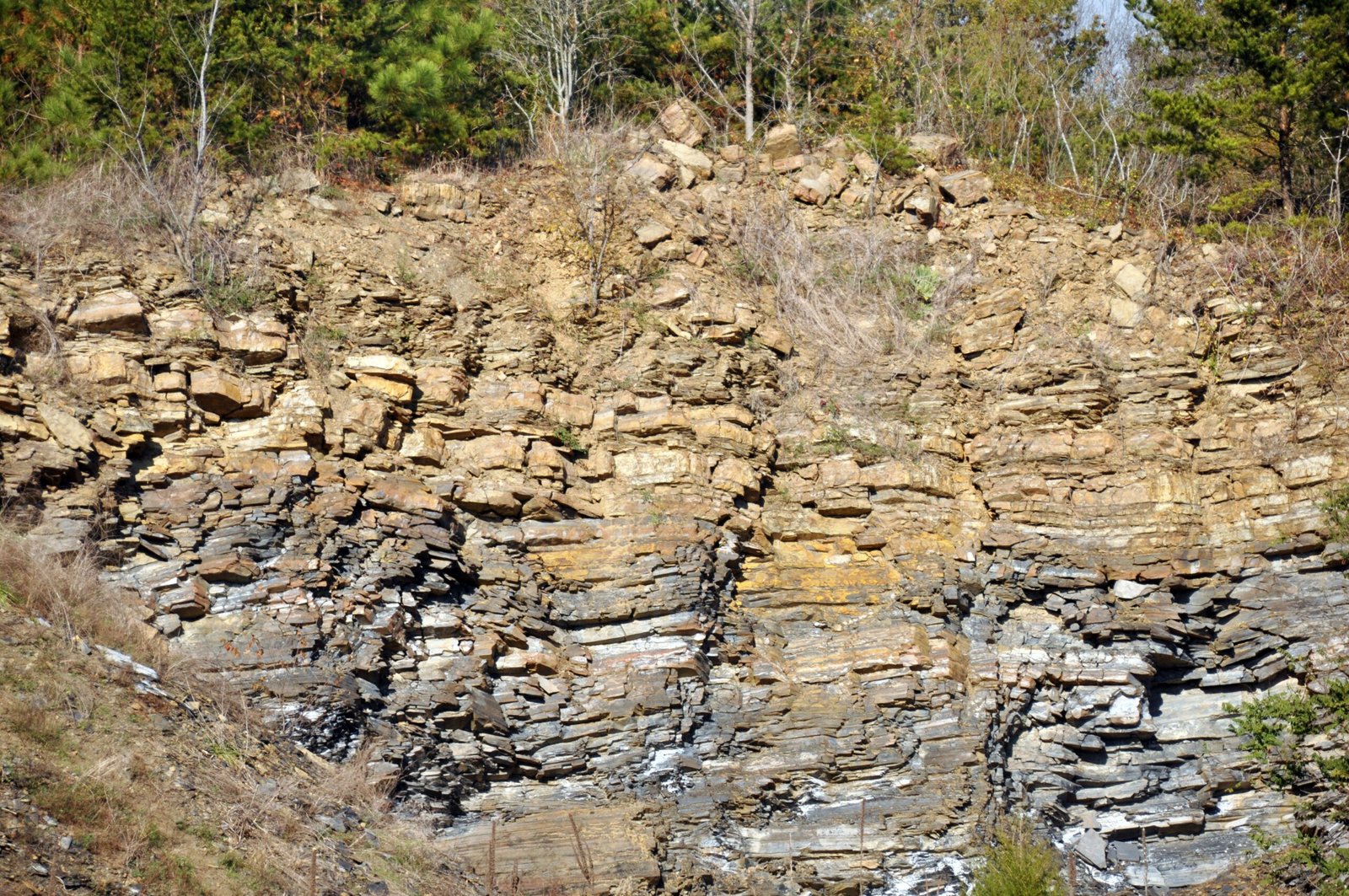
Earth’s axial wobble affects more than just the stars; it also shifts the timing of the seasons. Right now, the Northern Hemisphere experiences winter when Earth is closest to the Sun. In about 13,000 years, that relationship will flip, with summer arriving at the closest approach. This gradual shift, called the precession of the equinoxes, means the seasons slowly drift over thousands of years. Ancient astronomers noticed these changes, tracking the slow movement of equinoxes through the zodiac signs.
Impact on Climate and Ice Ages
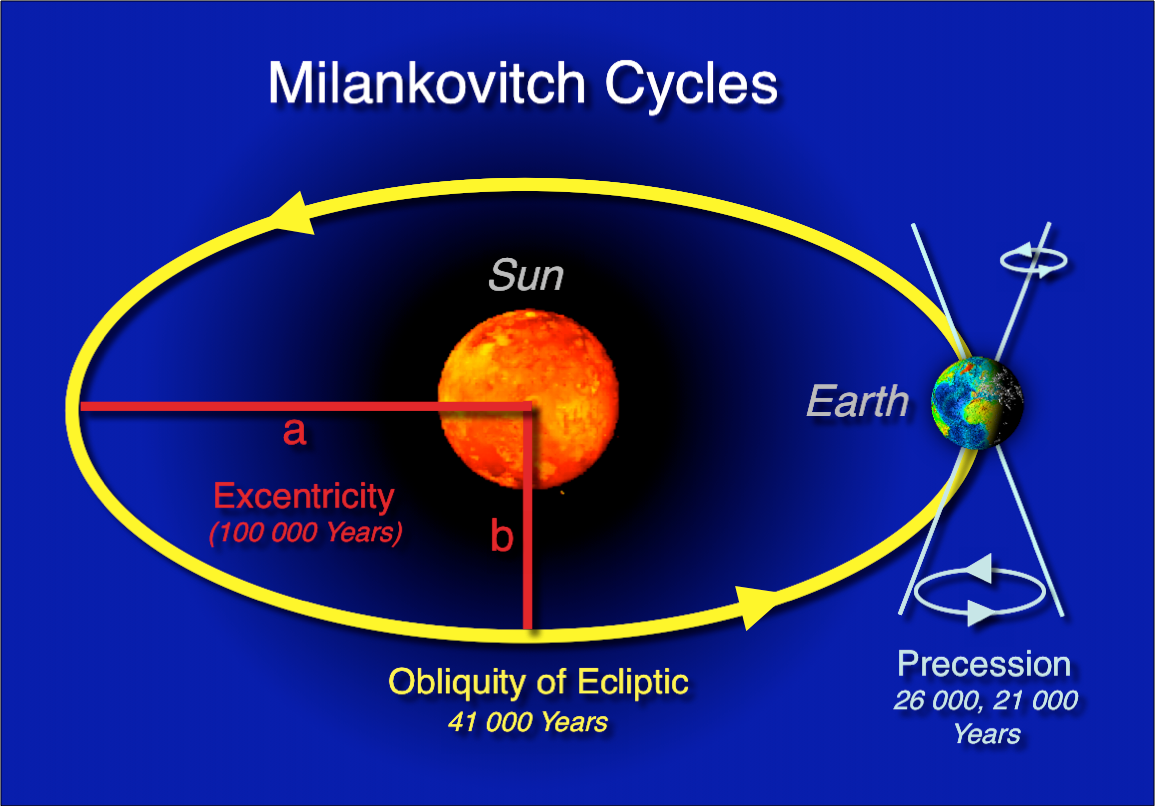
The axial wobble, combined with other factors like the tilt angle and the shape of Earth’s orbit, plays a surprising role in driving ice ages. These slow changes in Earth’s orientation alter how sunlight falls on different parts of the globe. When the tilt and wobble align just right, it can tip the balance toward massive glaciation or warming. Scientists call these long-term cycles Milankovitch cycles, and they help explain the rhythmic advance and retreat of ice ages in Earth’s history.
Axial Wobble and Ancient Civilizations
Ancient builders didn’t just look to the ground—they looked to the stars. Monuments like Stonehenge and the pyramids are aligned with the Sun and stars as they appeared thousands of years ago. Because of precession, those alignments slowly drift over time. Archaeologists use this knowledge to date ancient structures and understand the astronomical knowledge of past cultures. The wobble is written into the very stones of history.
Modern Science: Measuring the Wobble
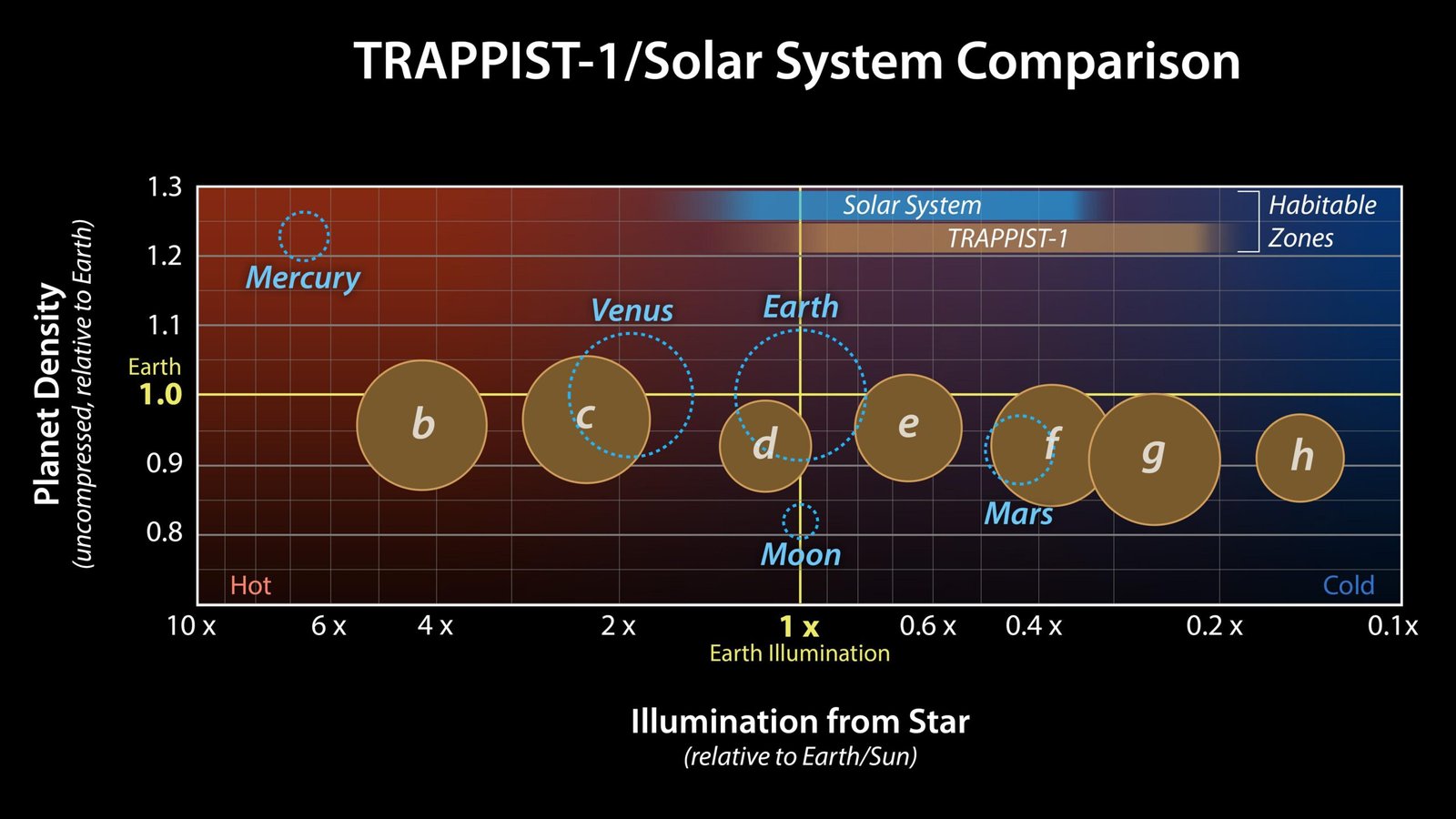
Today, scientists track Earth’s wobble with extraordinary precision using satellites, lasers, and radio telescopes. These tools reveal tiny, year-to-year changes in the axis, some caused by shifting ocean currents, melting ice, or even earthquakes. By measuring these movements, researchers can predict changes in day length, improve climate models, and even help calibrate GPS systems. The dance of the Earth’s axis is no longer a mystery; it’s a vital part of modern science and technology.
Unexpected Effects: Wobble and Sea Level
It may sound unbelievable, but the Earth’s wobble even affects sea levels. As the planet’s axis shifts, water redistributes across the globe. For example, recent studies show that the melting of glaciers and the movement of water have actually changed the axis slightly, causing measurable changes in regional sea levels. This means the wobble is not just a cosmic curiosity—it’s influencing coastlines and potentially the lives of millions.
Looking to the Future: Will the Wobble Change?
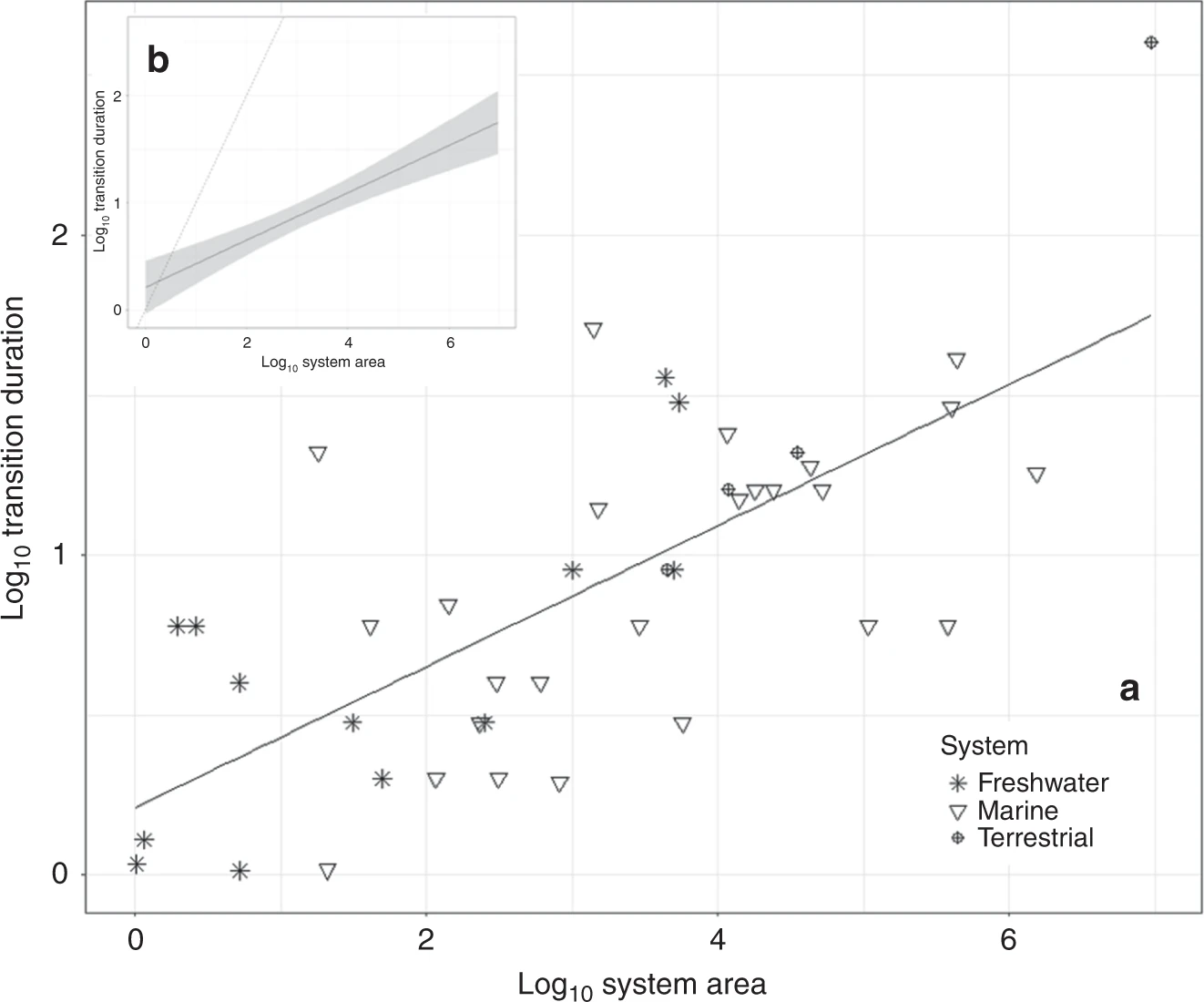
While the basic pattern of the Earth’s wobble is steady, human activities are starting to make their mark. Large-scale changes like groundwater extraction and melting ice sheets are shifting the planet’s mass and subtly altering the axis even more. Scientists are keeping a close eye on these changes, as they could have unexpected consequences for navigation, weather, and even satellite operations. The future of the wobble is becoming a human story, not just a planetary one.
Why the Tiny Tilt Matters for Life on Earth
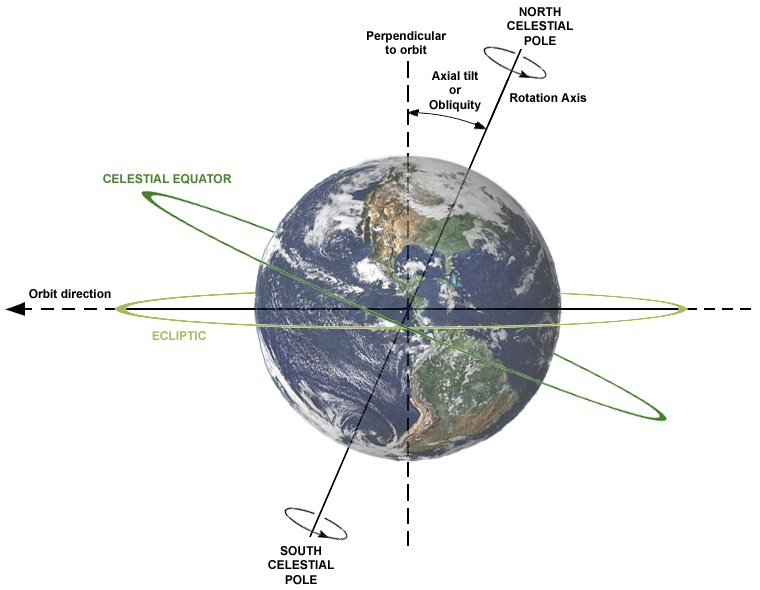
It’s easy to overlook something that takes thousands of years to unfold, but the axial wobble shapes the rhythms of life. The migration of animals, the rise and fall of civilizations, and the pattern of ice ages all connect back to this tiny, persistent tilt. It is a reminder that even the smallest forces can have enormous consequences over time. The wobble is a silent partner in Earth’s grand story, steering our planet through cycles of change, challenge, and renewal.



